No products in the basket.
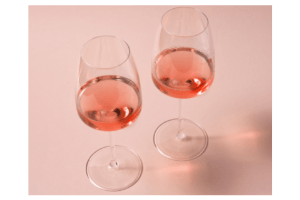
The ‘too pink, too girly and too sweet’ reputation that rosé wines used to have has finally been shaken off though it has taken several years. Improvements in the production of rosé wines together with a rising interest in dry, paler pink wines to be consumed throughout the year and not just in the summer have led to a prevalence in really crisp rosés displaying summer fruit flavours and aromas often with ‘steely’, mineral notes that emphasise the dry, refreshing style of wine. And the improvements just keep on coming, so much so that there is now a growing premiumisation of the general rosé wine brand.
Read on to find out all about how pink wine is made, the different styles of rosé, how and why the market is seeing more and more examples of premium rosé wines & which foods to eat with rosé.
Rosé’s previous poor reputation was long-standing. Back in the 1970s and 1980s the preferred style was for fruity yet slightly sweet, dark pink-coloured rosé wines from Portugal, France – largely in the form of Rosé d’Anjou – and from the USA where, even today, medium-sweet Californian Blush or white Zinfandel still remains popular. Even when improvements started to be made in its production, rosé was still seen as a bit of a sweet, ‘girly’ drink, a reputation that it has finally shaken off. Whilst some of the sweeter, uncomplicated, more commercial styles of wine still remain, they tend to be at the entry level or lower end of the market. There is increasingly more choice of the generally preferred drier style of rosé in the middle and the top end of the range.
All rosés are made from black grapes (which have white juice); the colour comes from the grape skins. In fact, rosé wine was originally produced simply as a by-product of red wine production where the initial juices from the red grapes were drained off so that the red wine would be darker and more concentrated. Those paler juices were used for rosé; this method is known as saignée, which translates as ‘bled’, and is still used today especially in the USA’s Napa Valley although it is not the most commonly used method.
Even fewer rosé wines are made from blending red wine and white wine; some New World wines follow this method which is also used for pink champagne.
Most rosés are made by maceration – the fermenting juice of the black grapes used for the rosé wine is left in contact with the skins for a varying degree of time, from just few hours to a few days so that the white juices pick up some of the colour, flavours and tannins from the grape skins. After maceration the wine-making process then continues as if for crisp white wines i.e. fermentation usually in stainless steel tanks at cool temperatures without further contact with the skins.
As they are made from black grapes, rosés have tannins although in a good rosé wine these should not be obvious but soft and integrated. To help with this the grapes will usually have been de-stemmed before pressing so that harsh tannins from the stalks are not included. Wines will generally not have been in contact with the skins (and pips) for long because the majority of rosé wines are made for drinking in the short term and not for keeping. However this is changing as some producers experiment with longer maceration times and, after fermentation, leaving the wine on its lees for a few weeks or even months, both of which will add complexity and texture to the wine and structure which means that the wine can be kept for longer before drinking.
It is actually considered more difficult to make rosé wine than to make red or white because a delicate balancing act is required to achieve the right amount of colour without losing any of the fruity characteristics and the finesse of the wine.
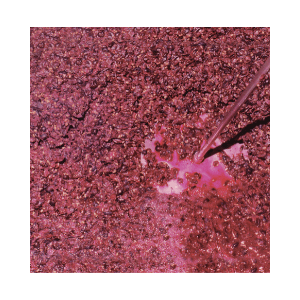
Rosé wines are made all over the world from all sorts of different red wine grapes though the popular ones are Grenache, Cinsault, Syrah and Tempranillo. I recently tasted an English 100% Pinot Noir rosé and a Canadian 100% Cabernet Sauvignon rosé so the possibilities are endless.
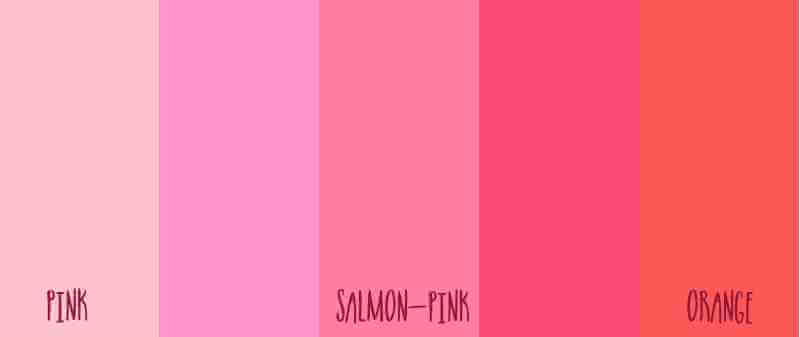
Of course it’s all a matter of personal taste but my view is that good rosé is all about fruit and finesse which is quite a difficult balancing act to achieve. Flavours vary according to the grapes used and complexity is obviously better than one-dimensional wine and the finesse comes from making sure that the acidity (which leaves your mouth watering) balances the sweetness of the fruit flavours in order to avoid that sweeter, old-style of rosé.
Here is a very brief summary of different rosé wine styles – naturally there are many exceptions so I generalise…
As mentioned above, off-dry or medium-dry rosé continues to be made mainly in the USA under the label of Blush or white Zinfandel and there’s also a sparkling version. The similarly styled Mateus rosé, once hugely popular in the UK, is now thankfully just a nostalgic memory for baby boomers.
The Provence region of France is largely considered to be the best source of good quality rosé wines although it is increasingly seeing competition from other wine regions. Provence AOP rosés are estate bottled, i.e. made and bottled by the grower under AOP regulations to guarantee a certain quality. By the way, France is the largest consumer (and producer) of rosé drinking c.20 bottles per head per year and rosé accounts for 31.5% of all wine consumed in France.
Many of the new, improved rosés are produced in the Provence style from a mix of grapes, usually Grenache, Cinsault, Syrah – dry, really crisp and displaying summer fruit flavours like strawberry, raspberry, red cherries, citrus fruit and melon. In more premium rosés you may also find floral, herb and mineral notes. Generally this style of wine is unoaked. The alcohol level and body of the wine is usually light to medium; the colour varies but a more delicate pink seems to be the preferred shade.
There is a commonly held perception that paler rosé wines are better but the Languedoc-Roussillon and Rhone regions and Spain for example produce some fine darker rosé wines, many of which are fuller-bodied and some of which are oak aged. Wines of this style will last longer and stand up to fairly strong-flavoured food and flavours.
I stock a rosé from Burgundy, Domaine Thibert’s Coteaux Bourguignons Rosé which is quite unusual and somewhere in between the style of a Provencal and a Languedoc rosé. Produced from the Gamay grape, it is more medium-bodied and complex than most Provencal wines. In 2022 this 2017 vintage is still drinking beautifully and it will keep longer having been partly aged in oak.
Italy makes a range of ‘rosato’ from many indigenous grape varieties so the styles can vary enormously from the pale, lighter Chiaretto from Bardolino through the richer, spicy and almost red Cerasuolo from Abbruzzo to the slightly heavier, deeper-coloured rosé produced from the Aglianico grape.
Other New World countries like Chile, Argentina and Australia are jumping on the rosé bandwagon though the style tends to be darker, fuller-bodied and full of ripe fruits and spice as Shiraz and Cabernet rosés dominate. Crisper Pinot Noir still rosé wines s are also becoming more commonplace, sparkling rosé Pinot Noirs having been around for a while. The flavours of these variety-specific wines will of course vary according to the grape variety.
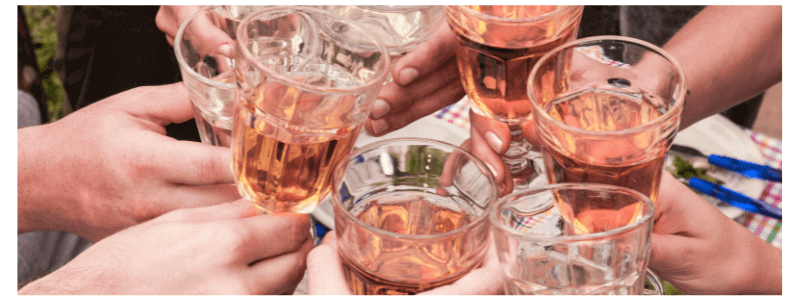
I must admit I used to be one of those who would say that they didn’t really like rosé. But since it is becoming much easier to find great examples of more complex rosé even I now reach for a glass of the pink stuff, admittedly usually still only when the weather is warmer. And I am not the only one. Rosés are gaining in popularity year on year and, whilst it is true that more women than men tend to drink rosé, these days many men are more inclined to drink it. This general increase in rosé consumption almost certainly has something to do with the fact that most rosé is now dry in style and because the general quality has been improving over the last couple of decades with better wine-making and residual sugar rarely being added.
The increasing choice of styles is also partly responsible for the rise in rosé drinkers. The appearance on the market of more complex, premium rosé wines like Whispering Angel and big sister, Rock Angel, that can keep for a number of years is an added incentive for many wine lovers.
The ‘celebrity factor’ may also have something to do with rosé’s popularity. After all Kylie Minogue Wines is now the number one rosé brand in the UK. ‘Brangelina’s’ 2008 purchase of a château in Provence has made frequent headlines in the past and even now is in the press as there is some dispute over the sale of Angelina’s stake. Even long-standing Wines With Attitude customer favourite Château La Mascaronne rosé has attracted recent investment from NBA star, Tony Parker (which suggests to me that they will be marketing hard to the USA). And we cannot ignore the ‘Instagram effect’ – a chilled glass of rosé can be very photogenic.
Let’s not forget that rosés also tend to be very food-friendly wines – see below for food matching tips.
That we are now seeing more and more examples of premium rosé has taken many by surprise but we have long had premium red and white wines so why not rosé too? The fact that more people are drinking rosé has driven the demand for more complex – and therefore more expensive – wines.
Longer maceration times and oak ageing mean more expense for the winemaker – and ultimately the consumer – but also make for more interesting wines with more substance and complexity. Both result in higher tannins which give the wines more structure or backbone and mean that the wines will keep for a number of years rather than the usual one to two years for the simpler rosés. They usually also require a little more time to develop in bottle before they are at their peak.
Many premium rosés are marketed according to their grape variety, their single vineyard or their specific terroir to differentiate themselves, a pattern that we have long seen for red wines and white wines.
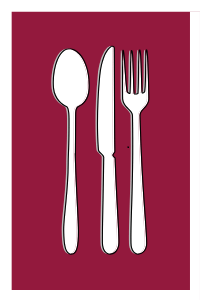
Rosé is in general a very food-friendly wine though of course different styles of rosé suit different dishes.
The Provence wines and other lighter styles match well with summer foods like salad, canapés, seafood, fish, shellfish, chicken, dried meats, feta and goats’ cheese, tomatoes, grilled vegetables and herbs but will also be a fantastic accompaniment to duck, pork and lamb as long as the sauces served with them are not too strongly flavoured.
The off-dry and fruitier styles cope well with spicy food such as mild curries and the fuller-bodied wines with stronger flavours like roast and grilled meats, game, garlic, stronger herbs and most barbecue foods. If there are sweet flavours like honey in your dish, the fruitier slightly sweeter style of rosé works best too.
As a general rule, think about the local cuisine of the region of origin of your rosé. And although rosé wine has traditionally been seen as a wine for the summer, remember that the improved quality and the variety of styles mean that rosé can be enjoyed throughout the year and not just when the sun is shining!
Sign up to my newsletter to receive exclusive offers and learn more about Wines With Attitude
© 2014-2024 Wines with Attitude Ltd | VAT Reg. No. 181 2419 22 | Registered in England 08918466 | Fiveways, 57-59 Hatfield Road, Potters Bar, Herts, EN6 1HS